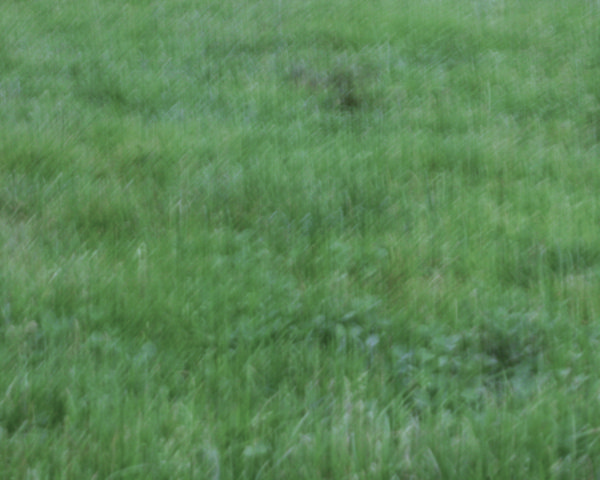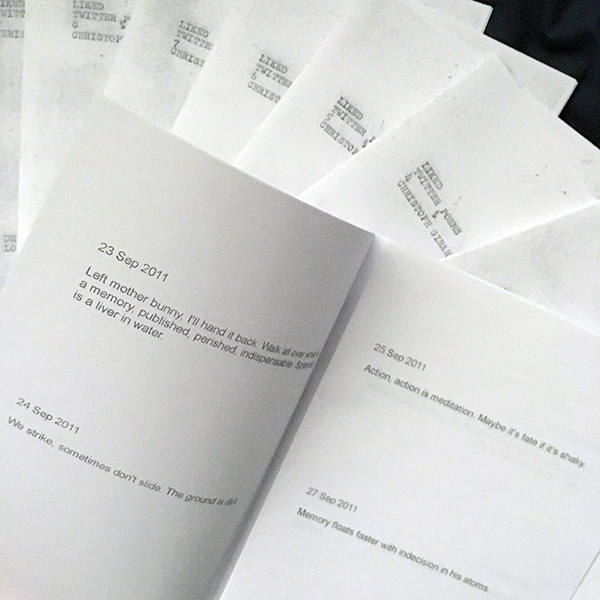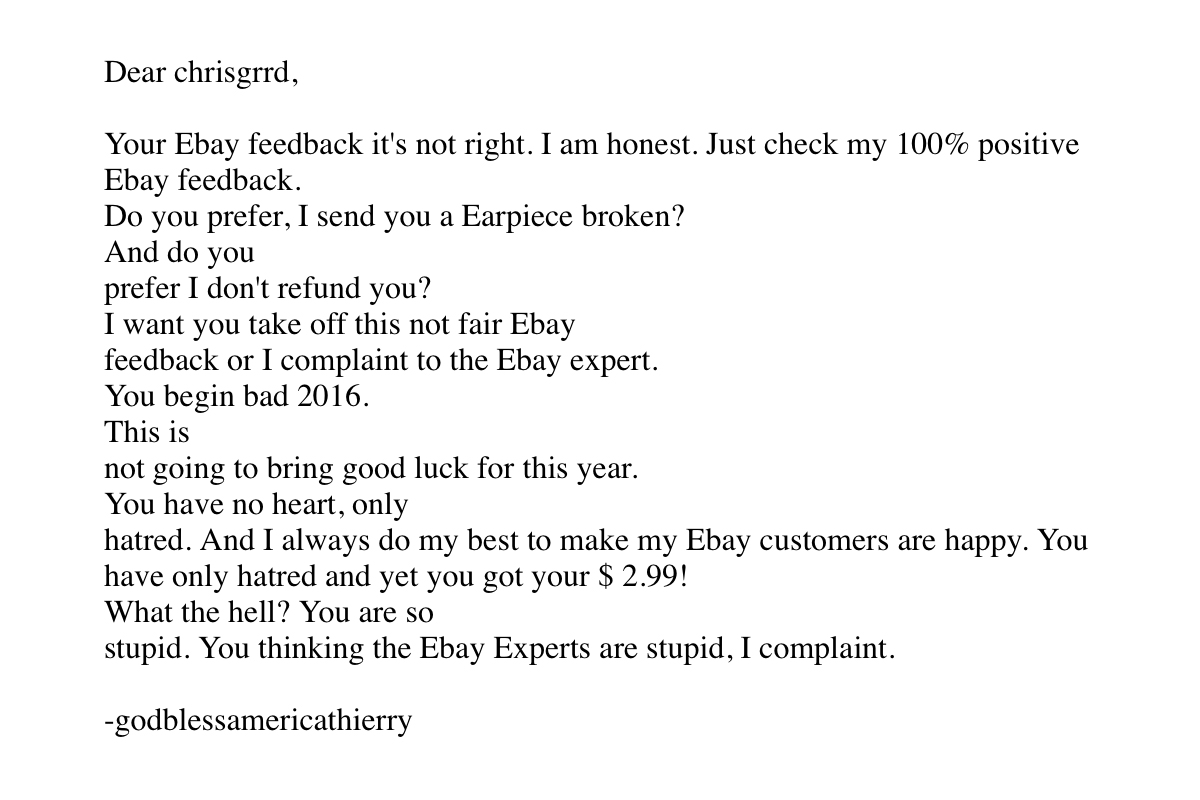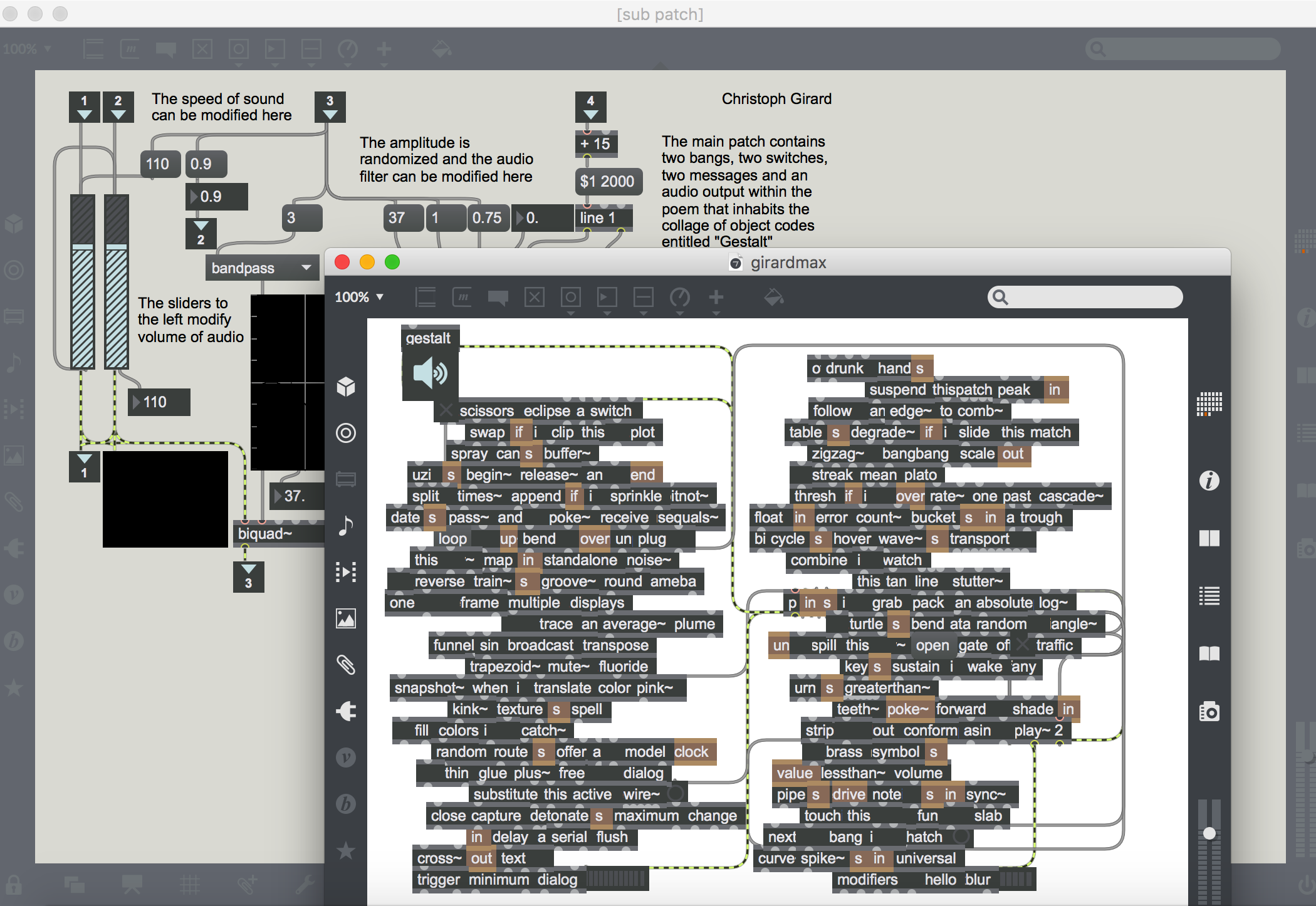
These are conceptual writing posed as conceptual art. These are a series of reimagined street signs. They were shown at Browns Coffee in London on the left.


I left this person named “godblessamericathierry” on eBay negative feedback after they cancelled a transaction. They patted themselves on the back for deciding that the headphones weren’t good enough to send by sending me a long message about how they did this. It irritated me and I left negative feedback. They subsequently sent me a series of these messages. I posted these eBay complaints on the eBay message board. Someone said something along the lines that they weren’t getting the entire story here. But this was the entire story!
What is conceptual writing?
Conceptual writing is writing that has a stance outside of the text. This writing is conditioned by the materiality of the screen, the non-materiality of the webpage and its activation and interaction. It includes non-writing like asemic writing, interactive writing like hypertext and things like flarf. Flarf is a thing that appropriates writing from online spam advertisements.
Artists include:
Kenneth Goldsmith, Shelley Jackson, Christian Bok, Vanessa Place, Barbara Kruger, Jenny Holzer, Tom Phillips, among others.

This is the deletion of the poem Plein Air Cafe from Yelp. It was written and posted by Chris Girard in 2008 and deleted by Yelp in 2016.
A former professor of mine once said of poetry that you can’t sell out because there’s no one buying in. My approach to writing is through an exploration of identity with collage poetry. And how such constructs manifest inside mobile and web browsers. Writing for me is re-writing something from the past. Something that is living in some other historical moment.

This is the code poem created from all of the codes on Max/MSP/Jitter by Chris Girard.
Ars Poetica
This exploration of conceptual writing goes hand in hand with my poetry. The process is usually about identity and sexuality. And the result is usually something disjointed, lyrical, minimal and musical. The collage poem tends to reflect my obsessional nature of things.
The process becomes the constant ticking, thinking and the tearing of an object/subject apart. The disjointed construction of a conceptual writing piece reveals my own thought process of thinking far into its minutia of individual words. The bigger picture vaporizes into an opaque mist that is carried by the rhythm and helps keep it together.
If you want to read more, I have a 60,000 word Ph.D. thesis about this stuff here.
This is a collection of previously published and some unpublished poems from 2004 onward. This conceptual writing portfolio of sorts does not include the poems from the multimedia collections that consist of TRY ME., and Ten and One Left.
Mystic Nil (2015)
Whisper, whisper nil river
whisper ear worm! mirror, gasp!
exhale
as a whisper canter
nil will repeat in a high pitch voice
people question what – that they don’t speak
highest pitch – ever?
Why, when, what happened
is a difficult response to –
back in the day, we overheard patients
talk about loved ones
parents shake their heads
‘is just not natural!’
Entanglement and –
not – pressed so close
so blue, so often – sets it constant, so to speak
like life that just couldn’t handle life –
brings with it candlelight
poses for
an engagement
falls it apart
John 10 of Doors (2005)
I am out of: the door
and by out, I stand factory stacked: by me
and if by me: if I call to five different doors by any man
he shall find the wall I locked myself in to
Day-drained: four hours changed: and nine grew until
a man entered a car I locked myself out of
I go in and out, I go, and I find his attention standing
over-involved behind me
He spoke still, still in time terms and yet I – (harsh-lit)
I don’t see what he conceived to me
The man scared across from me: my point
wore faith so tall to illustrate his life frame
slight coughs
sex outdoors: numerous booths
passing his indirect product until
everything he could jail: bore over me
I wasn’t really me this morning
Caught: if any enter in he shall be saved
no soft guarantee involved
I am the door: I locked all that I held myself out of
he shall uplift the handlebar I locked myself in
and by 10:9 I shall bed with man: just him
maybe for a lifetime
The Burrowing Owl (2008)
Speotyto Cunicularia
The world is submerged
like a bulldozer written in my head
carving
but flooding on higher ground
horrendous and still
Earth is on the road
imitating land
tall from a crease
on two loose ends
excavation and passing
Voices on the thumb align
evaporating the pass
why follow through?
It will not
be the last goodnight
Our horizons
softly folding ourselves
praising thunderstorms
The pen from its core
burrowing
diamond judgment
stitching up
way up
but:
the sky
Childhood (2007)
Irate
for all the children
not
a feather-width nonsense
islands
to their languish
disciples
over trivial disciplines
the elder’s faith
asleep with highlights
red lights
worm wit, incipit
signaling is meddling
rather than
singing
a lived, reversed
lifetime
Be
be stable
my dog, a hearse is relevant
to those who drive
on the right
dialect
is permeating
from any thoughts
limns, holes
today
or in twelve hours
the first morning
is warm
nets with velvet for quite an
ethical thief
be able to fight
back
For Kurt Cobain (2008)
Reach for it
reach for the moment
it takes
again however it
plays for the big things
trying, it’s time
to drop this pain
to a smile
It’s that time
it’s necessary
then it’s not, no it’s not
however it depths
for how long?
I do not know
Strip for it, trial for it
manage
then bust a repertoire
I quit, I got over it
through it
though I never knew it
had too far to let go
when I withdrew it
Left mother Bunny
I’ll hand her back
walk all over
what is a memory
published, perished
indispensable
this card is the end
but splendid
is a liver in water
Botany (2007)
Botany: context from her canvas
I close
end in row
standing for those who give way
had they both become better victims
Side one
life is second –
stand for another
woven inside any sill set of awareness
defending over any near-right collar
Fibers and tile
positions by convictions
starch-less streets, tight like pure –
how one held across the long fastening wake
over direction along any deviant devastation,
birth or none
Botany: from thread to gateway
Invade on –
secure for, rise to
rejoice from! Beam
and feed in, stand lethal
offer secure sharp pushes
Round right, buttock up
rose by basin, stray until solid
tune a blur to end any quiet lens –
season successful groin from a fine
feeding intestine
Crown a digest upon text –
hide window, lock courage
distant with footing across irrelevance
witness whether binary where ordinary
invites fall valentine
Graceful Fauntleroy
Any Distorted Lies, As An Excuse (2004)
Mamma him, his father was ill, his mother, very ill, shut down
Fifty percent
more abortions left his widowed mamma optimistic
in America
Grumpy
hard-hearted life changes and grandfather’s wishes
transforming curves into
hard lines, they were poor if possible
if able to buy a boy’s good
nature, no pride made him rich
a favored bourgeois holocaust
Pale and thin
beginning to sit in her chair covering up by the window
eyes dressed in
black, all the dimples gone, her pretty face
against her will, suddenly
looked large, a mournful deformation
liquidation repeats again
Brought to England, grandson grew up by letting go
estranged from the
original trust, no one, he returned home
and everything was over, knew
nothing never asking why
whatever about it never carried burden on his shoulder
Dark at Blues Cubist Circle (2004)
Ah’ve been sleepin’ on floors
fought out like a full black-burn
singer
missin’ my karaoke cue at the Booby Trap
toughen up for the ending 20 miles much farther
on a coolin’ chorus line, ah’ll
live as long
Is good when life is simple
this is the best
time of my life
Ah gave up the thinkin’ device
shut myself
in with this window, shut light
shut shade, even stingin’ in many
tattoos can’t mend this shutdown
gone out on the hunt for trouble, burnin’
lots of bridges
losin’ my wolfish shoes, inkin’ in a housin’
Barra (2010)
for The Boy Who Lived Before
You’re me under the telescope
seeing all the change in West Lothian
too, my bed of gas
silent cheeks to shave until you
release the viscus
to an all and meaningful exit
patches, parody of God
break of the Prison, no enemies
no friends
Have you?
It seems you materialize
to evolve me
impair as to what I am capable of
you’re my lips, fancy that child
broken and above the rust
a threat is he
my tan industrial complex
forgive me, the stars
they have enough time to
World War Ill: Riot’ve September 17th, 1904 (2004)
Spelled [i]ll
up:
up me
up me up,
up me down
lend me fear
or catch me,
lend me brave;
or land me on
where you go,
one be knock
my me a heart;
where be
l ll will buck up
be back in wake
be buck up ll
be wither me;
a helping hand
a moment
is mine be
mine,
I’ve be mine
a hit hard honor
start’ve like fear
start
me let,
let me start
let me,
start
The Green Gleaners Glit Collect By Hit (2004)
“False promise and no thought!” declared a man
who trusts
no one, laughing over others
his accidents make more species than
circumstances
Soft emotions to an all short story known
met a corner cold creature of another man’s making
shaped by the
will of those who known-me-not
bending weaker-wills beneath his own
tyrant throat
Possessed by a fool-fueling full food formula for deception
desires as simple still tracks do most meet minor threat
feeding
his suspicions, analyzing his superstitions
recognized the blindly
read truth
Justifying may well just the awaited answer
housing condiments claim to a top-felt tool
for any evil inability, enslaving answers
to his yearn imaginings
Witting or unwilling working without
strength
housing the victim until those around who answer
regret to be left
Key Be Me (2004)
Alone I walk a help own get
because how I own, do my own
I, the will of a way, a (move) on
walk by with feel
of ears going, love would
with would, sing little
worry love
Anything for them, love
me, little me, help with of
does me sing, help up my I
does be little sing my
and tune
Tune be me of would by get
and own on, you’re by the with
I’ll friends
Think and sing a my get
what from sing you help high
key my ears would,
would ears out,
I’ll be my tune to on by not
I to sang song think
if walk
Out a do up
when out is and I help day
help little, get by your I, of friends
sad my little i up, of you
help out
I i with does, worry on to my,
friends the I
a help be tune by get, does
by the with, with friends will
think and are
Aurora Coffins (2004)
The slow moon, exhausted by the afternoon
advances the sun, with the
power to decide
who to feat furtive fruits
Cut rare from a
threshold of the room
with the pungent twilight fields, dawn red fissures
horizon to the solitaire sky, once so old gets late
Hereto ergo, the
internal night fire, tired of light
binds your body, bowties your cold feet
to ice
and another full-fertile heart straightened up
like an erection, as an omen
Selected Publications
Shampoo Poetry, Moria Poetry, The Diagram
Reviews
“Chris Girard’s poetry works with extremes: up against a sonic wall, emotively charged and furtively encrypted pieces of verses pushing out towards unforeseen continuities. A charged voice of Eros — in the lucid call of one of these poems:
Steeped with obsession
from cross-over webs of railroad intellectuality
to become simple dignity, lonely handwork.
The intricacies and radical game enacted in the poetry reaches into a hidden pocket and steals a live-wire current, stumbling into exacting and hermetic song. The poem knows what is said can only be said in poetry. A mystery place gets exposed briefly, where, to steal meaning from these lines (one can’t help it),
Mistakes insisting to one breath or one investigation
in one organized work, tremulous seeking move
take on a side trip here to the voice and present.”
Steve Dickison, Director
The Poetry Center, 2006
“First of all, I appreciated the thoughtfulness and thoroughness (with respect to the pursuit of an idea) of Ten and One Left. From the concept behind it, to the careful execution of the poems themselves and their organization into a meaningful structure, the collection I thought was well done and successful as a thesis.
That said, I did have a problem with the work, and that was its homogeneity. Line length aside, the poems are all very similar – same tone, stylistic register, lexicon, etc. – such that, as a reader, the overall impression I came away with was one of an overwhelming sameness that in the end left me wanting. This feeling wasn’t mitigated by the rhythmic shifts resulting from sections with more than one poem per page: though this was a welcome change, since the poems in these sections were cut from the same cloth as the others, it almost felt like no change at all, and I found myself waiting for something to disrupt the evenness of the collection, though in the end nothing ever did. While I’m not suggesting that you introduce contrast for the sake of contrast, I do feel that some tear in the otherwise uniform fabric of Ten and One Left would be a welcome quality, and perhaps even serve to emphasize the “one left” that does not belong in the group with the other ten.
I also wonder about the necessity of the introductory note, which I think should be edited down considerably, if not eliminated altogether. I found your comments on the number 11 interesting, but much of the rest seemed to me inconsequential. Admittedly, I’m not a fan of explanatory forewords in books of poetry.”
Guy Bennett, Poet/Translator
Otis College of Art & Design, 2009
“I truly enjoyed reading your poetry collection […] Many times throughout the poems there are wonderful gatherings of words and phrases:
metaphors ‘like blank skins that stare at lessons’
and teasing phrases ‘voracious rap the ender is a blender vowels collapse’
or ‘incompatible deserts complete the idioms moral’
‘Stormy weather hums a whimper’
I guess I prefer most the single poems on the page; they allow me to study and observe, working through your dense sense of language.
But the work is truly dense, and sometimes that leaves even a tongue-teaser poet like me facing a sort of wall of language that I can’t seem to move through. Particularly in the double poems, I can’t seem to truly interrelate the poems, to enmesh them either by reading across or down in the most discrete traditional poem-like manner. There’s also a sort of breathlessness, with imploding phrases upon phrases which piles up the language to such a degree that I can’t know where I’m/it’s going.
I think that you have a wonderful way with language, but you aren’t always ‘hearing’ the words as you move through them, but are ideationally piling them up in a way that is sometimes a bit frustrating.
Again, there are so many excellent moments ‘camouflage on the static injection buries below earth,’ but how does that interesting vision of camouflage relate to ‘and out of school during the day of sleep’? I’m not precisely seeking a narrative flow, but sometimes I can’t understand why the same phrases on the pages with the others.
I just think you need to think some of this out a bit more. I see that you are publishing in small journals, and that’s wonderful. I am sure that eventually, you will pare away the unnecessary flux that seems to crumble your beautiful phrases, metaphors, etc.
But it was fascinating work, and I’d rather have it difficult, as you know, tha[n] transparently simple.”
Douglas Messerli, Editor
Green Integer, Sun & Moon Press, 2009

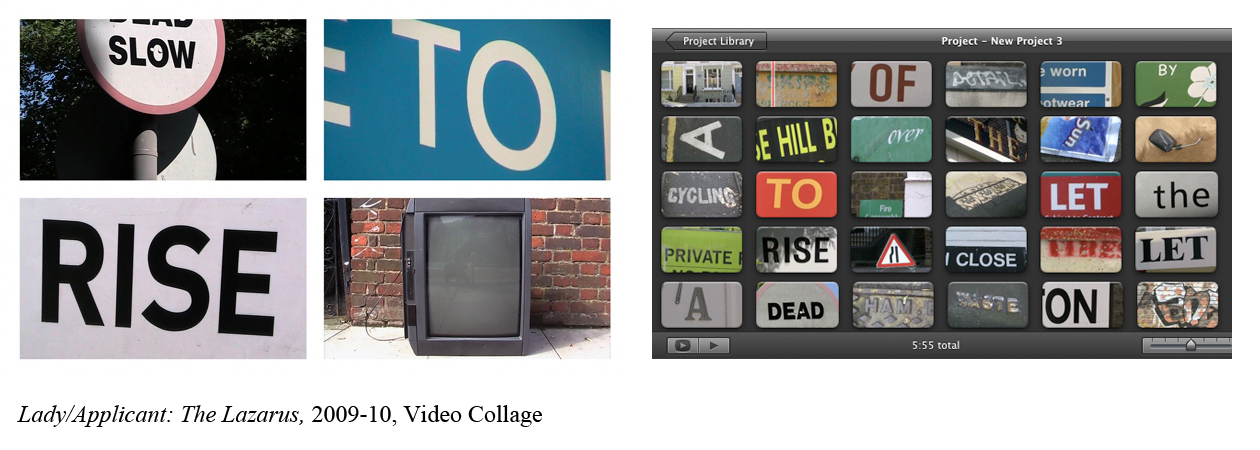


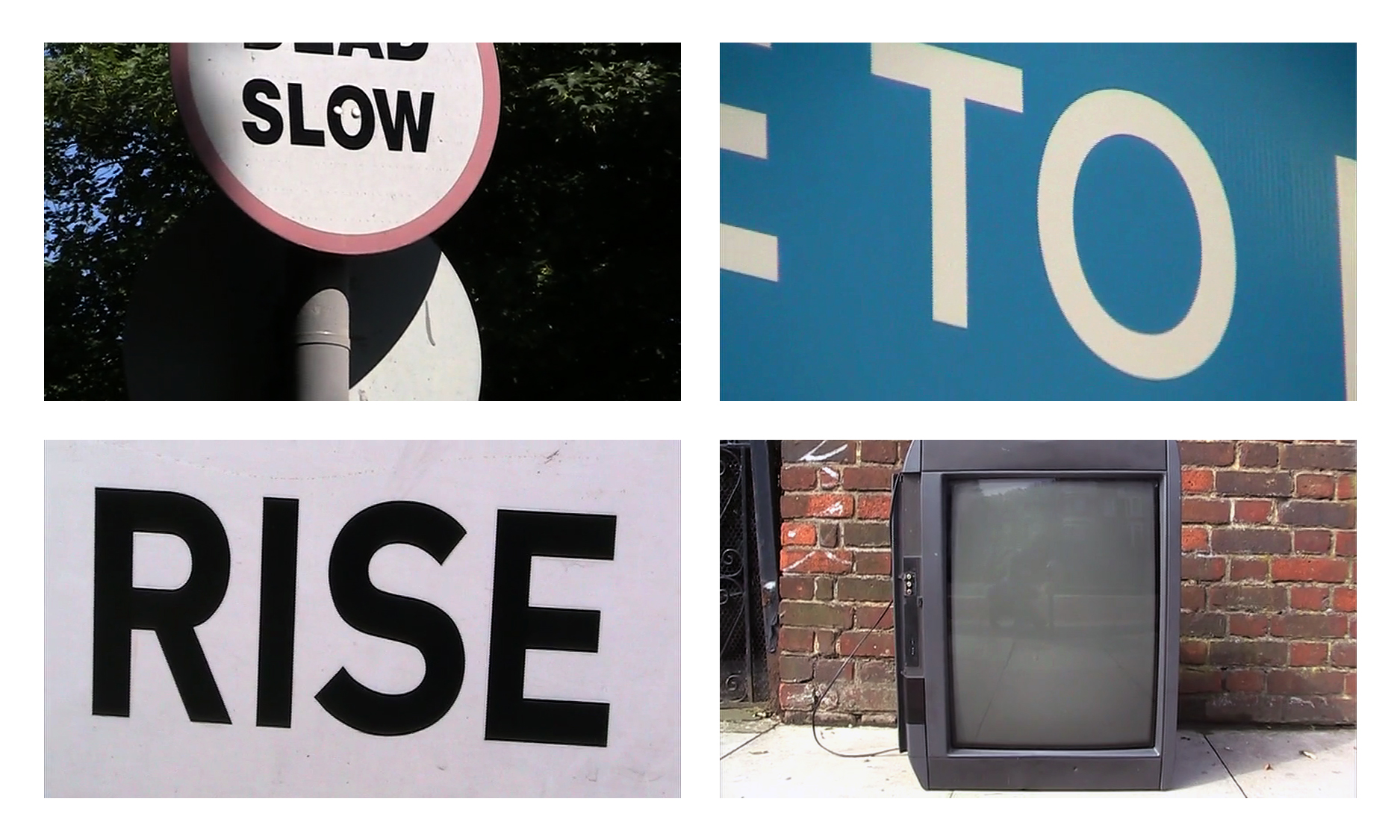
 I have lived in San Francisco before and I have visited Santa Cruz often from this city. I am now a teaching assistant and a graduate student there. As you go down the two way road from the big city, the intensely green bushes continue up the hill on top of a mountain overlooking the Pacific Ocean. The huge redwoods hide each of the buildings. There are bridges that connect each of the buildings because the campus buildings are not closely connected to each other. Within the university bubble, there is a radical political life. An hourly public bus takes the radical students back to the city center. The Loma Prieta earthquake in 1989 fractured the city center and the green trees on the campus hide the destruction of the earthquake. Roads are also like tectonic plates. There are new signs in front of pale and old buildings that lean towards where the earth sinks through the faults, and where the buildings of the past, due to the lack of the structure, crumble.
I have lived in San Francisco before and I have visited Santa Cruz often from this city. I am now a teaching assistant and a graduate student there. As you go down the two way road from the big city, the intensely green bushes continue up the hill on top of a mountain overlooking the Pacific Ocean. The huge redwoods hide each of the buildings. There are bridges that connect each of the buildings because the campus buildings are not closely connected to each other. Within the university bubble, there is a radical political life. An hourly public bus takes the radical students back to the city center. The Loma Prieta earthquake in 1989 fractured the city center and the green trees on the campus hide the destruction of the earthquake. Roads are also like tectonic plates. There are new signs in front of pale and old buildings that lean towards where the earth sinks through the faults, and where the buildings of the past, due to the lack of the structure, crumble.